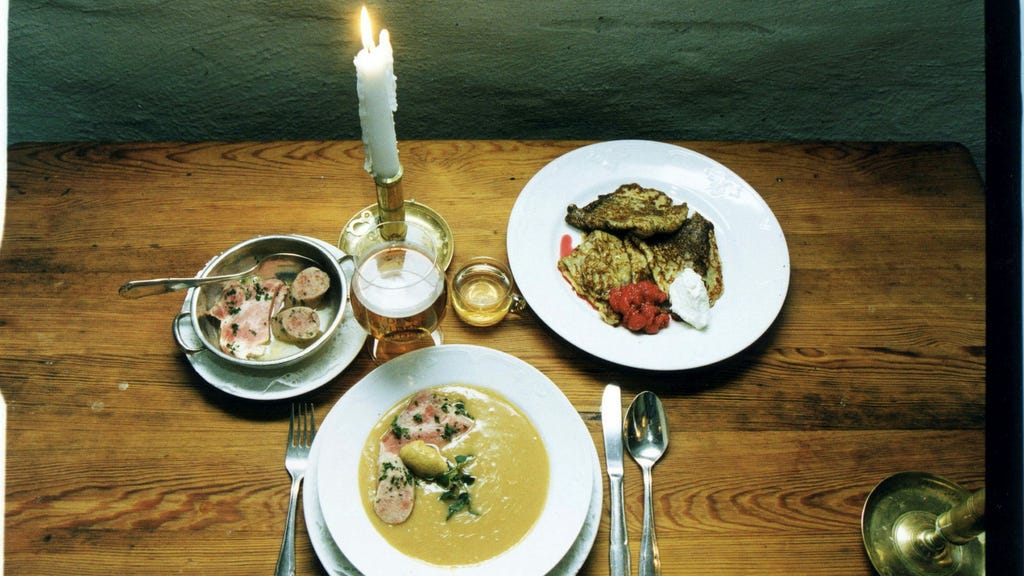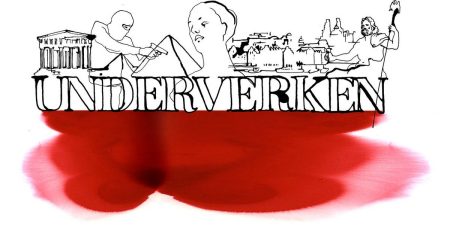The culinary landscape of Sweden is poised for a celebration of its foundational cuisine, spearheaded by Pontus Frithiof. Frithiof envisions a national ”Husmanskostens dag,” a day dedicated to traditional Swedish fare, mirroring the success of ”Kanelbullens dag,” the cinnamon bun day celebrated annually on October 4th. This initiative aims to spotlight the dishes that have shaped Swedish society, bringing them to the forefront in homes, restaurants, institutional kitchens, and grocery stores across the country. The project, however, faces the complex task of defining what exactly constitutes ”husmanskost,” a term often debated and open to interpretation.
The ambiguity surrounding the definition of ”husmanskost” lies at the heart of this culinary movement. While some associate it strictly with classic dishes rooted in Swedish history, others view it as a more fluid concept encompassing dishes that have become integrated into everyday Swedish meals. This lack of a rigid definition allows for a broader interpretation, recognizing the evolution of culinary traditions and the incorporation of new influences. Peter Kjellberg, CEO of White Guide, acknowledges this, stating that defining ”husmanskost” can vary depending on individual perspectives. For the project, he emphasizes a desire to revive classic Swedish dishes, ranging from the elegant Biff Rydberg to the comforting Kåldolmar, while acknowledging the evolving nature of culinary traditions.
A key figure in the history of ”husmanskost” is Tore Wretman, whose 1967 book, ”Svensk husmanskost,” became a definitive guide for many chefs. Wretman’s work established a benchmark for traditional Swedish cooking, preserving and promoting its unique characteristics. However, even classic cuisine undergoes transformations over time. Dishes like spaghetti with meat sauce and Beef Stroganoff, not traditionally considered Swedish, have become staples in many Swedish homes, blurring the lines of what constitutes ”husmanskost.” This integration of seemingly foreign dishes into the everyday Swedish diet highlights the dynamism of culinary traditions and the ongoing evolution of what is considered ”traditional” food.
Peter Kjellberg embraces this evolving definition, emphasizing the dynamic nature of ”husmanskost.” He argues against a static understanding, suggesting that culinary traditions must adapt and incorporate new influences. While recognizing the importance of preserving culinary heritage, Kjellberg also acknowledges the inevitable changes that occur over time, driven by evolving tastes, ingredient availability, and cultural exchange. This perspective allows for a more inclusive definition of ”husmanskost,” reflecting the reality of modern Swedish cuisine. However, he also admits to a nostalgic inclination towards the classic interpretations of the term, revealing the emotional connection many Swedes have to these traditional dishes.
This interplay of tradition and evolution creates a complex tapestry of culinary heritage. The initiative to establish ”Husmanskostens dag” aims not only to celebrate traditional Swedish food but also to spark a national conversation about its meaning and evolution. By promoting these dishes, the project hopes to revive interest in classic cooking methods and ingredients, while also acknowledging the diverse interpretations of what constitutes ”husmanskost” in modern Sweden. This approach allows for a broader appreciation of Swedish culinary heritage, encompassing both the traditional and the contemporary.
Ultimately, the goal of ”Husmanskostens dag” is to celebrate the rich culinary history of Sweden while acknowledging its ongoing evolution. Whether it’s classic dishes like Biff Rydberg and Kåldolmar or more recently adopted staples like spaghetti with meat sauce, the aim is to recognize the importance of food in shaping Swedish culture and identity. The project encourages everyone to participate by enjoying a dish they consider ”husmanskost,” fostering a sense of shared culinary heritage. For Kjellberg, his ideal ”Husmanskostens dag” meal would be Öländska kroppkakor, a traditional potato dumpling dish, served with smoked pork, lingonberries, and a dollop of butter, a quintessential example of classic Swedish comfort food.














